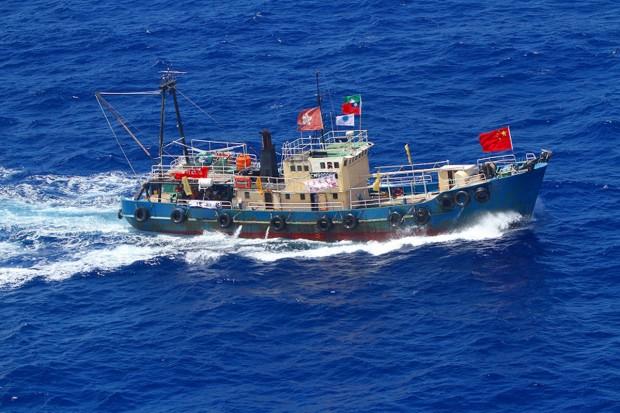Japan Seizes Chinese Activists on Disputed Islands, China Protests
A fishing boat carrying activists from the Hong Kong-based “Action Committee for Defending the Diaoyu Islands” sails near the disputed islands in the East China Sea, known as Senkaku in Japan or Diaoyu in China, in this handout photo taken by the Japan Coast Guard on August 15, 2012. Bitter memories and current rivalries are straining Japan’s ties with China and South Korea nearly seven decades after Tokyo’s defeat in World War Two, raising the risk of ruptures as all three nations head for leadership changes. REUTERS/11th Regional Coast Guard Headquarters-Japan Coast Guard/Handout (JAPAN – Tags: POLITICS MARITIME) MILITARY FOR EDITORIAL USE ONLY. NOT FOR SALE FOR MARKETING OR ADVERTISING CAMPAIGNS. THIS IMAGE HAS BEEN SUPPLIED BY A THIRD PARTY. IT IS DISTRIBUTED, EXACTLY AS RECEIVED BY REUTERS, AS A SERVICE TO CLIENTS
On August 15th 1945, Japan surrendered, finally ending WWII.
Japan’s empire was dismantled.
But Japan did not give up its claim to a group of uninhabited islands in the east China sea.
And on August 15th 2012 those islands became the epicenter of a fierce diplomatic spat between China and Japan.
Fourteen pro-China activists were arrested by Japan after some of them landed on the islands and planted the Chinese flag.
China is demanding their release.
The islands are thought to be rich in potential oil and gas reserves.
Anchor Marco Werman gets more from the World’s Beijing correspondent, Mary Kay Magistad.
